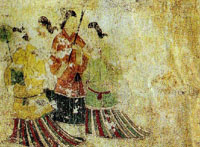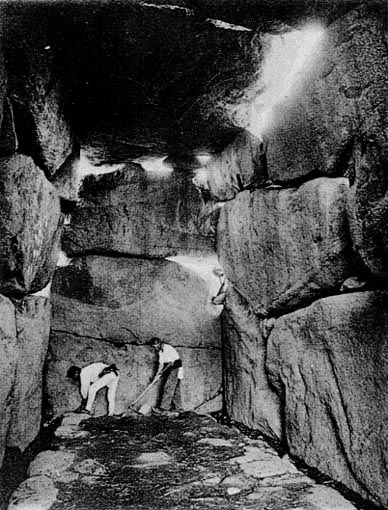Asuka-Fujiwara


This is 2 day course from Tokyo. Guests
take train from JR Kyoto to Nara, then to Kintetsu Asuka Station, then
walking.
Asuka-Fujiwara: Archaeological sites of Japan’s Ancient Capitals and Related
Properties is a cluster of archaeological sites from in and around the
late sixth- to early eighth-century capitals of Asuka and Fujiwara-kyō,
Nara Prefecture.
These sites are: Ishibutai kofun, Takamatsuzuka kofun, Kitora kofun, etc.
kofun means tomb. Especially Takamatsuzuka kofun is famous. This tomb
is thought to have been built at some time between the end of the 7th
century and the beginning of the 8th century. It was accidentally discovered
by a local farmer in the 1960s. Also Kitora kofun is noted. This tomb
is believed to have been constructed some time between the 7th and early
8th centuries, but was only discovered in 1983.
The tomb has not been actually entered but rather probed with sub-miniature
camera.
Archaeological dating places its construction within the same Asuka period
(7th to early 8th centuries) as Takamatsu Zuka Kofun. While there are
some remarkable similarities, there are also some anomalous differences
in the paintings of the two tombs.